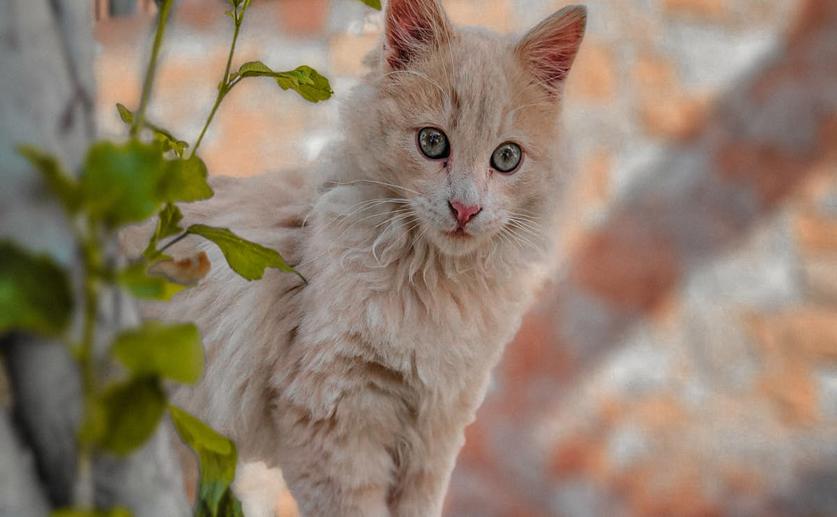
How Domestic Cats Choose Their Homes in Different Seasons and Neighborhoods
Jenn Hoskins
21st May, 2024

Key Findings
- Researchers tracked 56 owned cats in various UK settings using GPS collars to study their movements
- Cats spent 75% of their time outside their owner’s house or garden, posing a high risk to wildlife
- Male cats in rural areas were almost twice as active as their urban counterparts, while females showed more varied activity patterns
EnvironmentWildlifeAnimal Science
References
Main Study
1) Seasonal habitat selection and ranging of domestic cats (Felis catus) in rural and urban environments
Published 20th May, 2024
https://doi.org/10.1186/s40317-024-00367-0
Related Studies
2) Human-related factors regulate the spatial ecology of domestic cats in sensitive areas for conservation.
3) A first estimate of the structure and density of the populations of pet cats and dogs across Great Britain.
4) Provision of High Meat Content Food and Object Play Reduce Predation of Wild Animals by Domestic Cats Felis catus.



 20th April, 2024 | Greg Howard
20th April, 2024 | Greg Howard